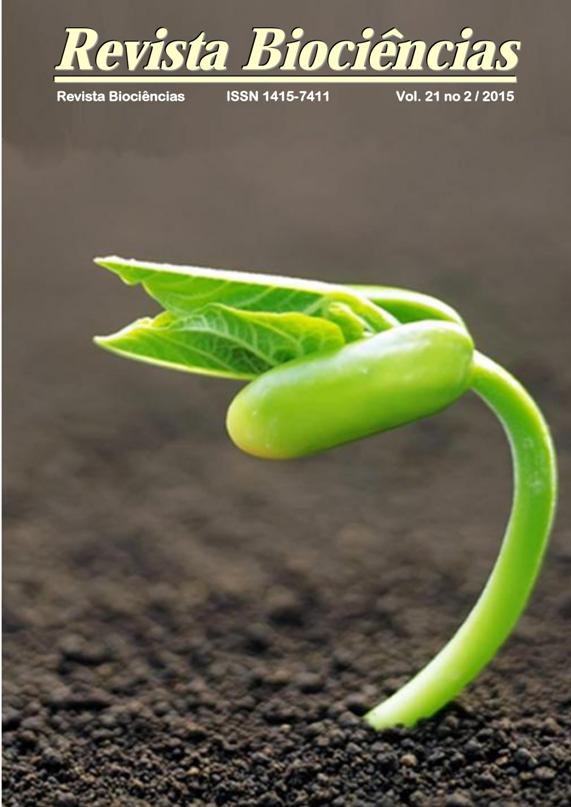Antioxidant activity and chemical profile of golden and brown varieties of linseed (Linum urtissimum L.)
Keywords:
oil, hot extraction, omega-3 and 6, antioxidant.Abstract
Currently, interest among consumers in functional foods have been growing. Functional foods play an important role in preventing diseases and health maintenance. Linseed (Linum urtissimum L.) asian plant acclimated in Brazil - rich in fatty acids omegas-3 and 6 in addition to being recognized for presenting hipo lipidemic and antibacterial biological activities. The objective was to evaluate the quality profile and the antioxidant activity of two varieties of linseed. The research was conducted from chemical and antioxidant characterization essays of linseed of the varieties brown and golden. The 5th edition of the ";Farmacopéia Brasileira"; was used as guidelines for the applied chemical characterization methods of analysis of total ashes (TA) and lost by dissection (LD). The thin-layer chromatography analysis of the oils where executed with etila acetate eluent: hexane (94:6 v/v) using vanilin in sulfuric acid as aid in visualizing, followed by exposition at 105°C (for 5 minutes) and observation using UV/Vis (360 nm). The oils quantification was achieved using the method presented by Soxhlet and the antioxidant activities were evaluated by using CCD and spectometry using UV/Vis (470 nm). The low achieved results of TA and LD for the tested varieties demonstrate the reduced possibility of contamination and chemical degradation. Presence of Omega-3 and 6 in the varieties was observed by using CCD in both raw and crushed samples. The brown and golden varieties when crushed presented the higher percentages of oil extraction efficiency (38,91 and 31,71%, respectively) when compared to the raw samples (1,27 and 1,24%, respectively). The screening of antioxidant activity was detected in CCD by using UV/Vis spectometry and the most significant antioxidant effect was observed for the golden variety, both raw and crushed (100 and 82,02%, respectively), with the brown variety displaying the lower activity (65,64%). The chromatographic profile for omega-3 and 6 is non-existent in literature and can be used by the food and pharmaceutic industry as quality assurance parameters. Even though the golden variety lower performance at oil extraction, its antioxidant activity is much higher than the brown variety both in raw and crushed formats.



